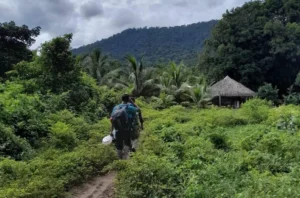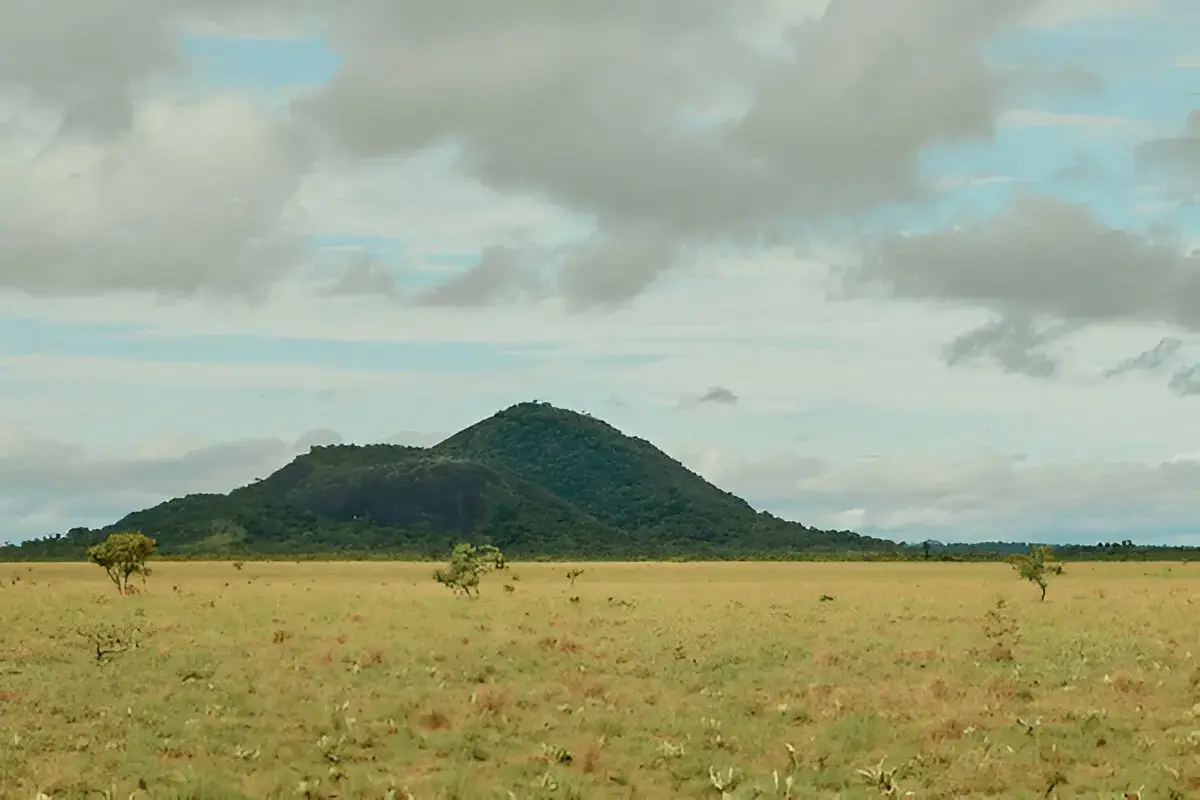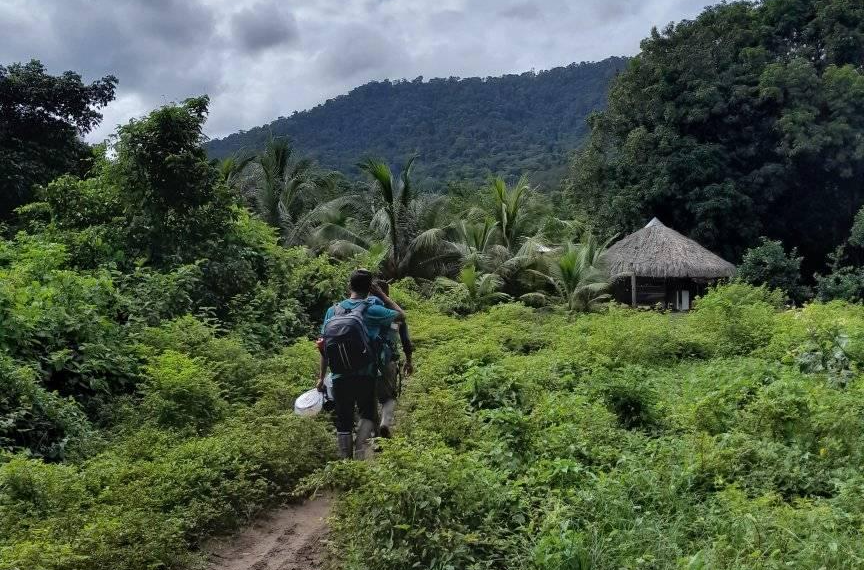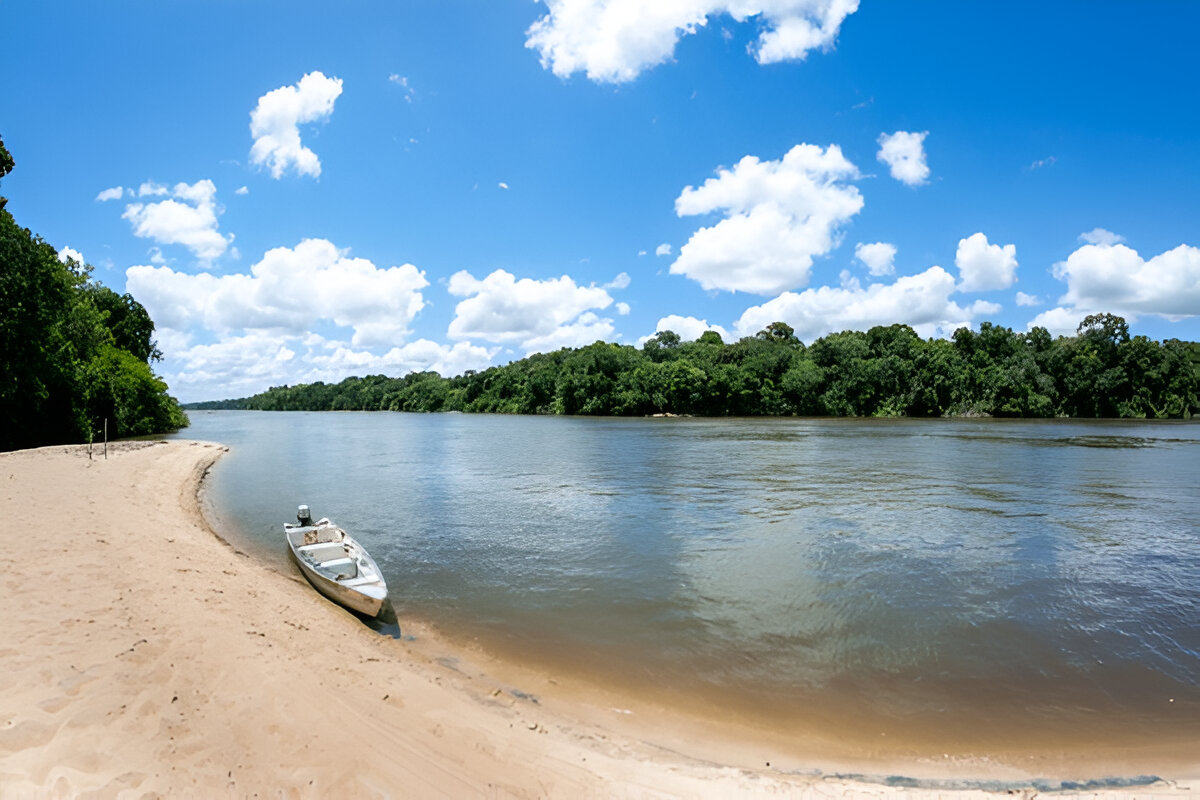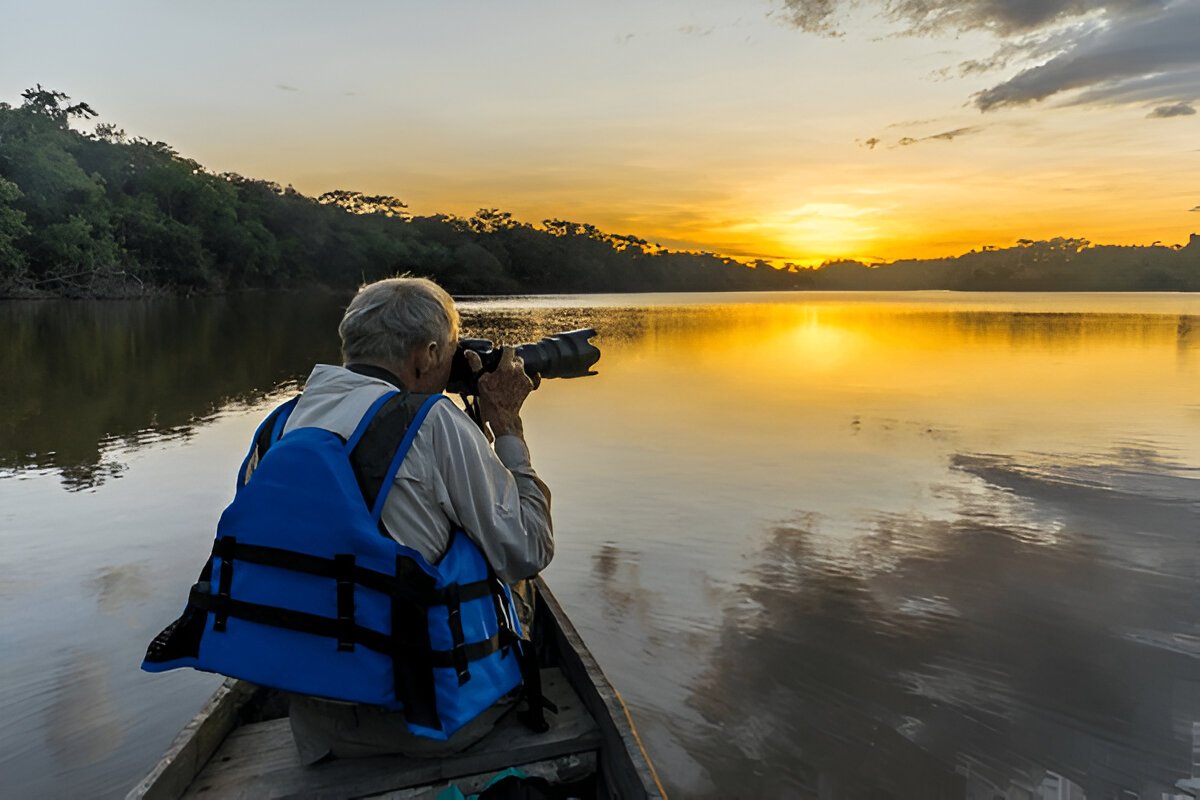Introduction
Planning a trip to the Rupununi can be exciting yet challenging if you’re not adequately prepared. From packing essentials to understanding local customs, this guide will equip you with everything you need to know to make your journey smooth and enjoyable.
Why Preparation Matters for Visiting the Rupununi
Covering an expedition to Rupununi, this guide outlines the most needed suggestions while also preparing you for the undertaking . It also aims to expand your experience while ensuring that you don’t miss out on anything. From extreme weather to a lack of commutation options, planning ensures that the natural beauty of the region is fully enhanced without any hindrance. If you are prepared for the remoteness and isolation, then an adventure with a rich culture awaits you.

Now that everything has been cleared up, let’s get into the step by step process of how to best prepare for a trip to Rupununi. You might want to take some notes, because the adventure that awaits you is unlike anything else out there.
1. Packing Essentials for the Rupununi
The Rupununi’s diverse landscapes, ranging from lush rainforests to expansive savannahs, require thoughtful packing to stay comfortable and prepared.
Lightweight Clothing: Choose breathable, moisture-wicking fabrics to tackle the tropical heat. Long-sleeved shirts and pants are ideal for protection against insects.
Sturdy Footwear: Durable hiking boots for trekking and comfortable sandals for downtime are essential.
Insect Repellent: The region is home to mosquitos and other insects, so pack repellents containing DEET or similar effective ingredients.
Sunscreen and Hat: Shield yourself from the intense sun with high-SPF sunscreen and a wide-brimmed hat.
Water and Snacks: Always carry at least 2-3 liters of water per person and snacks like nuts or energy bars to stay fueled during long journeys.
Travel-Sized First Aid Kit: Include essentials such as band-aids, antiseptic wipes, pain relievers, and stomach upset remedies.
Additional Suggestions:
– Reusable water bottle to minimize waste.
– Binoculars and a camera for wildlife spotting and capturing memories.
– Quick-dry towels for humid conditions and eco-lodge stays.
2. Understanding the Climate

The Rupununi experiences two distinct seasons, wet and dry that significantly influence travel conditions.
Dry Season (September to April):
– Ideal for wildlife viewing and overland travel.
– Low river levels make it easier to access remote areas.
Wet Season (May to August):
– Roads can become impassable due to heavy rain.
– Flooded areas create unique opportunities for boating and birdwatching.
Pro Tip: Always check weather forecasts before your trip and have a backup plan to account for unexpected delays.
3. Making Reservations
Given its remote nature, the Rupununi offers limited availability for flights, accommodations, and tours, especially during peak travel times.
Key Bookings:
Flights: Reserve early with local airlines such as Trans Guyana Airways or Air Services Limited.
Eco-Lodges: Iconic accommodations fill up quickly, particularly during events like the Easter rodeo.
Tours: Multi-day trips and guided wildlife experiences are in high demand and should be booked well in advance.
4. Handling Finances in Remote Areas
ATMs and credit card facilities are rare in Rupununi, so having cash is crucial.
Money Tips:
– Exchange currency to Guyanese dollars (GYD) before leaving Georgetown.
– Budget for expenses like meals, lodging, transportation, and tips.
– Carry small bills for ease of transactions in remote areas.
5. Cultural Etiquette and Respect

The Rupununi is home to several indigenous nations, including the Makushi, Wai Wai, Wapishana, and Patamona. Responsible tourism ensures that your visit positively impacts the local communities.
Dos and Don’ts:
– Do Learn About Local Customs: Respect cultural practices and visit sacred sites with a guide.
– Don’t Take Photos Without Permission: Always ask before photographing people or landmarks.
– Do Support Local Businesses: Purchase handmade crafts, hire local guides, and participate in community-led tours.
Pro Tip: Opt for tours and accommodations that collaborate with indigenous communities, directly benefiting their sustainable development.
6. Plan for Limited Connectivity
The Rupununi offers a digital detox experience, with limited internet and cell service in most areas.
Tips for Staying Connected:
– Download maps and guides for offline use.
– Bring a portable power bank to keep devices charged.
– Confirm connectivity options with your accommodation beforehand.
7. Spirit of Adventure
Traveling to the Rupununi means embracing the unexpected. Preparation ensures you can navigate challenges while fully enjoying the surprises this untouched destination has to offer.
Final Checklist:
- Confirm all bookings and travel documents.
- Pack essential clothing, gear, and medications.
- Familiarize yourself with local customs and traditions.
- Use durable bags and pack sensitive items in waterproof containers.
Why Preparation Pays Off
The Rupununi’s stunning beauty and cultural richness make it a once-in-a-lifetime destination. By packing wisely, planning ahead, and respecting the local environment and communities, you’ll be well-equipped to create unforgettable memories in one of the world’s most extraordinary regions.
FAQ
1. When is the best time to visit the Rupununi?
The dry season (September to April) is ideal for wildlife viewing and overland travel, while the wet season (May to August) offers unique opportunities for boating and birdwatching.
2. What should I pack for a trip to the Rupununi?
Pack lightweight, breathable clothing, sturdy hiking boots, insect repellent, sunscreen, a hat, reusable water bottles, snacks, and a travel-sized first aid kit.
3. Are there ATMs or credit card facilities in the Rupununi?
ATMs and credit card facilities are limited. It’s best to carry cash in Guyanese dollars, especially in small denominations, for ease of transactions.
4. How can I support local communities during my visit?
Support local businesses by purchasing handmade crafts, hiring local guides, and participating in community-led tours. Always respect local customs and ask for permission before taking photos.
5. Is internet access available in the Rupununi?
Internet and cell service are limited in most areas. Plan for a digital detox by downloading maps and guides for offline use and bringing a portable power bank to keep devices charged.



